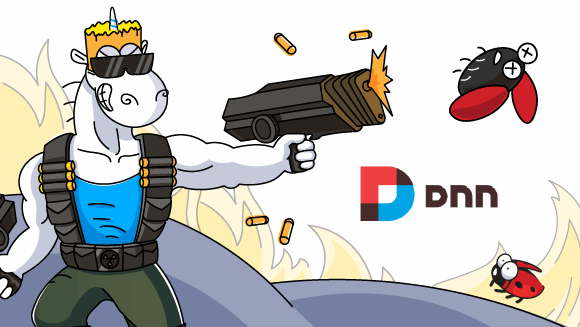
Today, we discuss C# code quality and a variety of errors by the example of CMS DotNetNuke. We're going to dig into its source code. You're going to need a cup of coffee...

Today, we discuss C# code quality and a variety of errors by the example of CMS DotNetNuke. We're going to dig into its source code. You're going to need a cup of coffee...
It's cool when enthusiastic developers create a working clone of a famous game. It's even cooler when people are ready to continue the development of such projects! In this article, we check TheXTech with PVS-Studio. TheXTech is an open implementation of the game from the Super Mario universe.
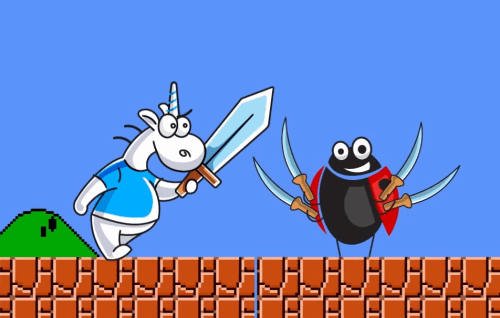
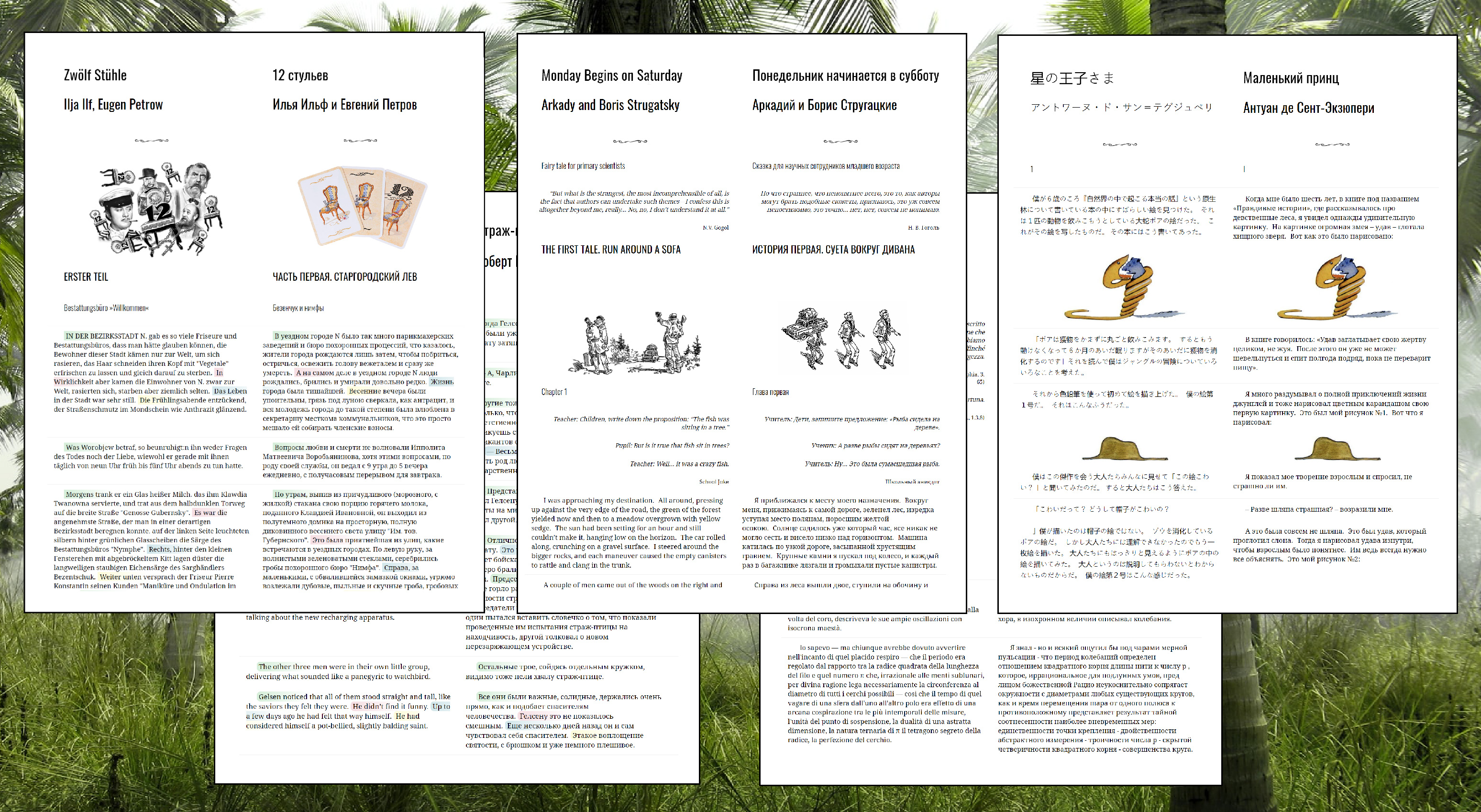
How to make a parallel book for language learning. Part 1. Python and Colab version
This is a second article on making parallel books. Today we will use the more advanced tool which will bring rich UI functionality. Lingtrain Alignment Studio is a web application written on Vue and Python. The main purpose of it is to extract the parallel corpora from two raw texts and make a bilingual (or even multilingual) parallel book. This is an open-source project and I will be glad to hear all of your bright ideas. Links to the sources and our community contacts can be found below. Los geht's!
The app is packed into the docker container. It's a simple technology to deploy your stuff anywhere from the server to your local machine. It's available across all the operating systems. So at first, you need a docker installed locally. Then you need to run two simple commands. The first will download the container:
docker pull lingtrain/aligner:v4And the second one will run the application:
docker run -v C:\app\data:/app/data -v C:\app\img:/app/static/img -p 80:80 lingtrain/aligner:v4C:\app\data and C:\app\img — your local folders.
The app will be available on the 80th port. Let's open the localhost page in your favorite browser.
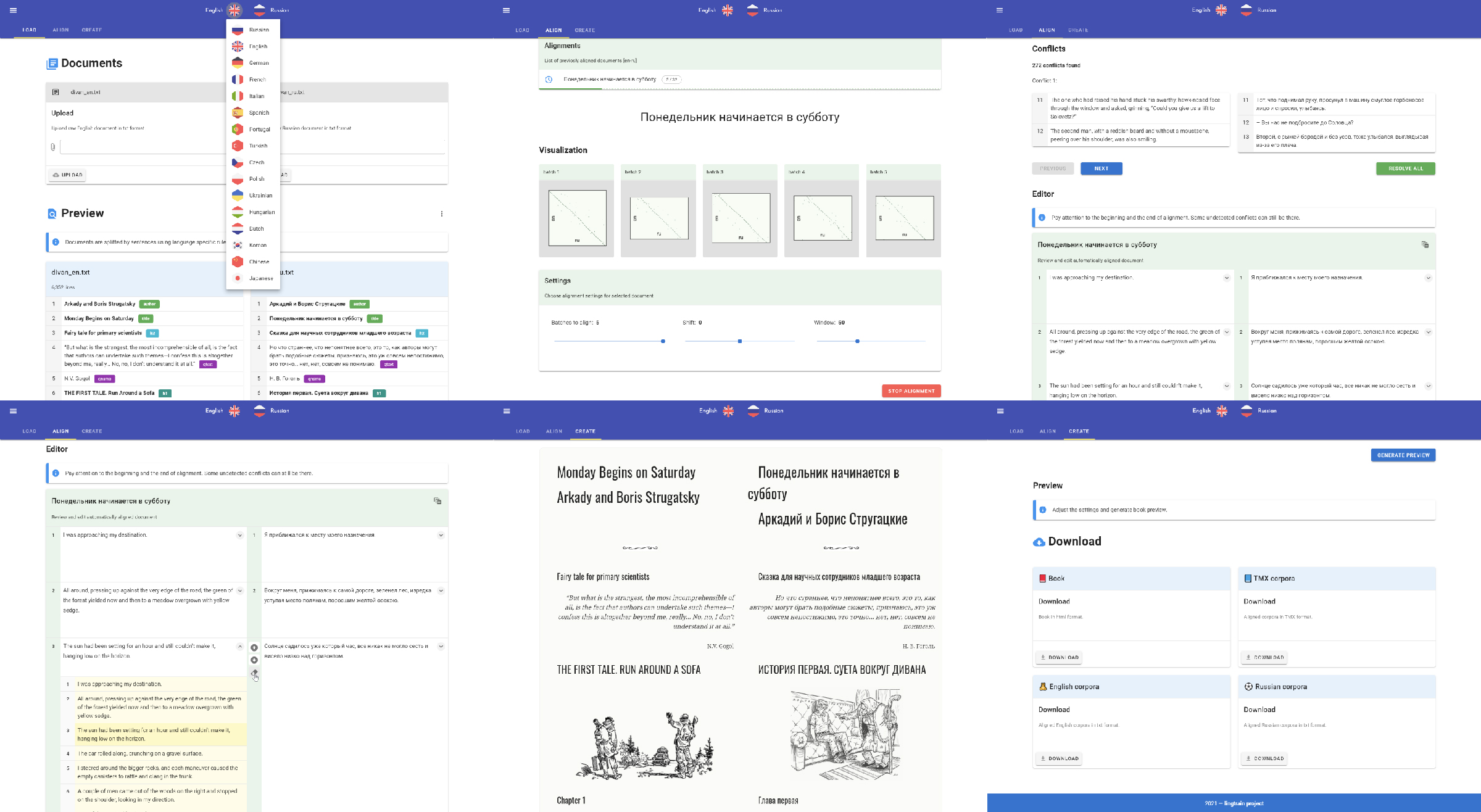
We will make three simple steps: Load, Align, Create
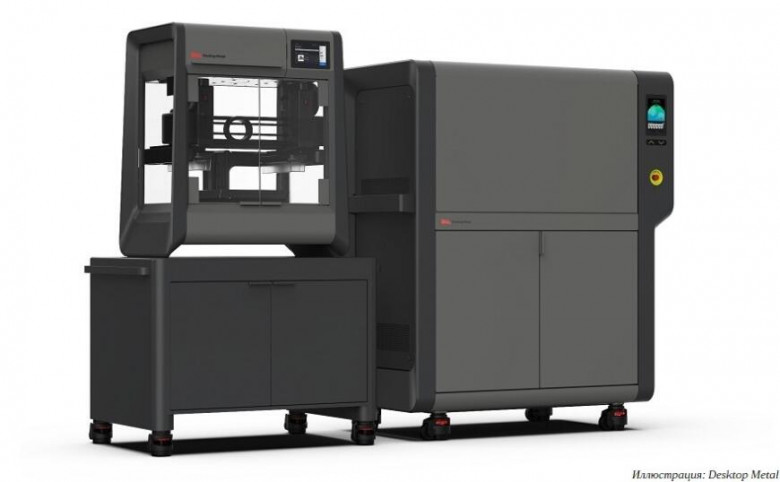
The list of materials for additive manufacturing devices Studio System 2 by Desktop Metal now includes a filament filled with titanium alloy Ti-6Al-4V (Ti64), a new step in the field of metal 3D printing.

Ford equipped its new Maverick pickup truck with convenient slots to customize the cars with DIY 3D printed accessories.
One of the mechanisms of static analysis is method annotations of popular libraries. Annotations provide more information about functions during errors detecting. CARLA is an impressive open-source project in C++ that helped us implement this mechanism to our analyzer. Subsequently, the simulator became a test-target for the improved PVS-Studio static analyzer.


The Czinger C21 hypercar set a lap record at the Laguna Seca Raceway track. The previous holder was McLaren Senna and Czinger C21 beat its time by 2 seconds. The C21 costs more than $1.5 million and its body includes reinforced polymers and 3D printed titanium parts.

Browns Ferry Nuclear Plant Unit 2 in Alabama deploys a fuel assembly with 3D printed fastening elements that were made by the experts of Oak Ridge National Laboratory (ORNL).
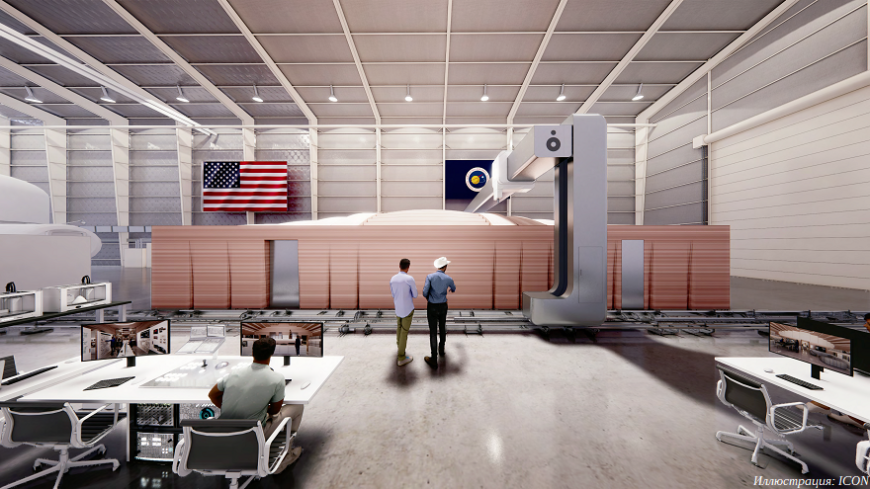
Texas-based company ICON is making an experimental “Martian” building using a proprietary constructional 3D printer. The Mars Dune Alpha project implies refining usage of 3D printing technologies for future Martian buildings with the help of available materials. The project also covers researching the habitability of such buildings.
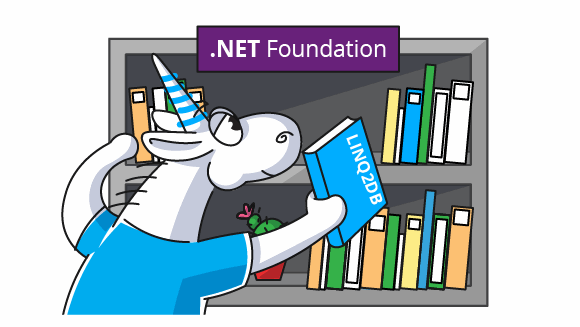
The .NET Foundation is an independent organization, created by Microsoft, to support open-source projects around the DotNet platform. Currently, the organization gathered many libraries under its wing. We have already tested some of these libraries with the help of PVS-Studio. The next project to check with the analyzer - LINQ to DB.

Multimodality has led the pack in machine learning in 2021. Neural networks are wolfing down images, text, speech and music all at the same time. OpenAI is, as usual, top dog, but as if in defiance of their name, they are in no hurry to share their models openly. At the beginning of the year, the company presented the DALL-E neural network, which generates 256x256 pixel images in answer to a written request. Descriptions of it can be found as articles on arXiv and examples on their blog.
As soon as DALL-E flushed out of the bushes, Chinese researchers got on its tail. Their open-source CogView neural network does the same trick of generating images from text. But what about here in Russia? One might say that “investigate, master, and train” is our engineering motto. Well, we caught the scent, and today we can say that we created from scratch a complete pipeline for generating images from descriptive textual input written in Russian.
In this article we present the ruDALL-E XL model, an open-source text-to-image transformer with 1.3 billion parameters as well as ruDALL-E XXL model, an text-to-image transformer with 12.0 billion parameters which is available in DataHub SberCloud, and several other satellite models.
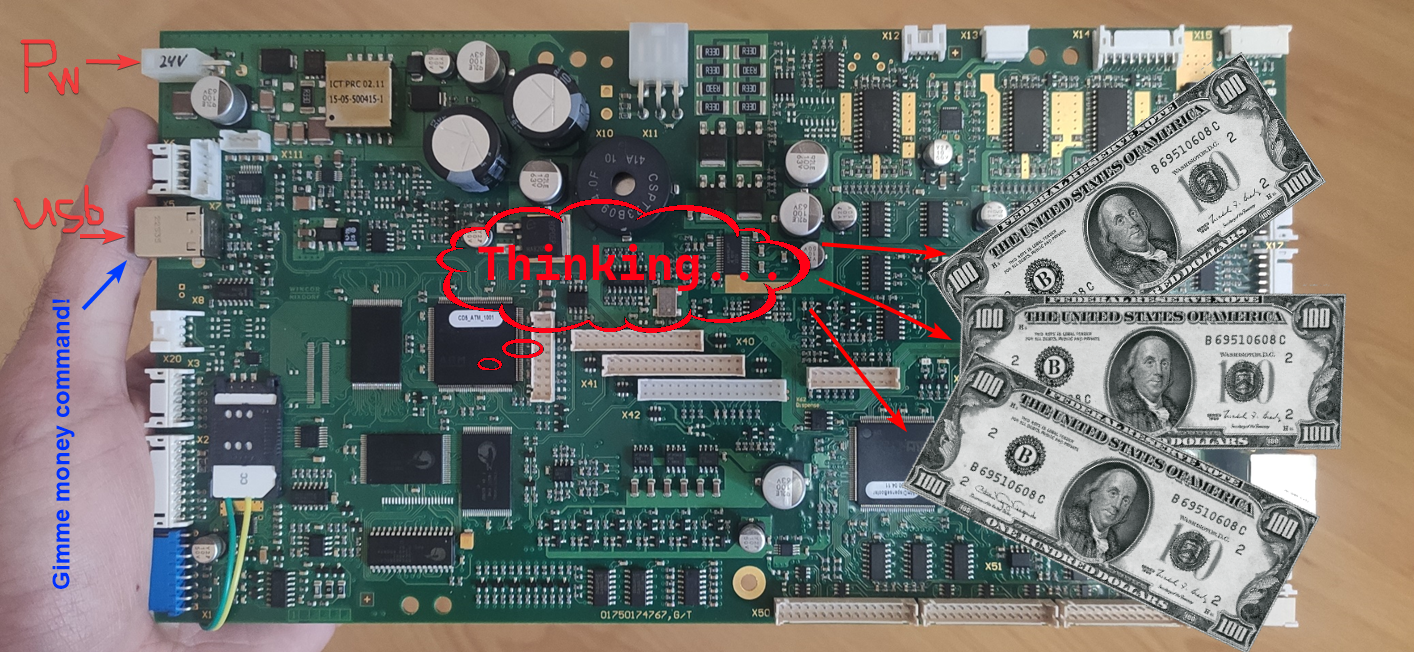
Hi there! A while ago, Positive Technologies published the news that ATMs manufactured by Diebold Nixdorf (previously known as Wincor), or more specifically, the RM3 and CMDv5 cash dispensers, contained a vulnerability which allowed attackers to withdraw cash and upload modified (vulnerable) firmware. And since my former colleague Alexei Stennikov and I were directly involved in finding this vulnerability, I would like to share some details.
RPCS3 is an interesting project that emulates the PS3 console. It is actively evolving. Recently we heard the news that the emulator learned how run all the games from the console's catalog. That's a good excuse to analyze the project. We'll see which errors remained after new fixes were added to the project.
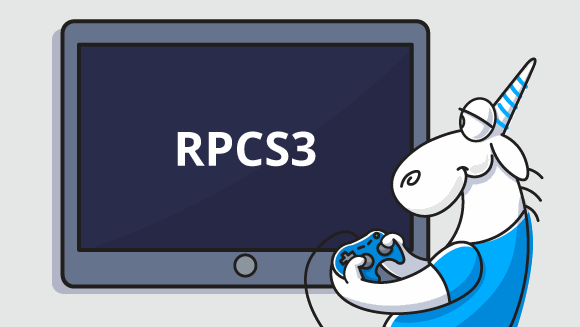

Hello, everybody!
My name is Alexander Zubkov and today I’d like to talk about routing loops.

People often see work in support as something negative. Today we'll look at it from a different perspective. This article is about a real communication of 100+ messages, exceptions, the analysis that didn't complete in three days...
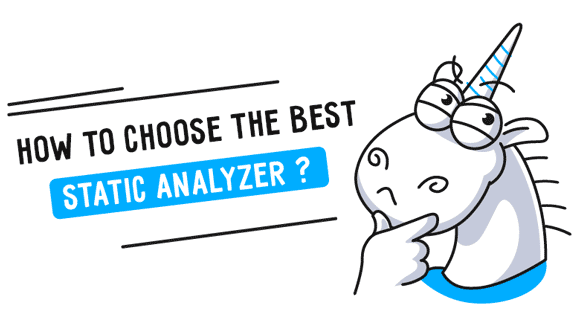
Tools to improve and control code quality can be a key success factor in a complex software project implementation. Static analyzers belong to such tools. Nowadays, you can find various static analyzers: from free open-source to cross-functional commercial solutions. On the one hand, it's great – you can choose from many options. On the other hand – you have to perform advanced research to find the right tool for your team.

Back in 2016 an United States based music composer and performer Sergio Elisondo released an one-man band music album A Winner Is You (know your meme), with multi-instrumental cover versions of tunes from numerous memorable classic NES games. A special feature of this release has been its version released in the NES cartridge format that would run on a classic unmodified console and play digitized audio of the full album, instead of the typical chiptune sound you would expect to come from this humble console. I was involved with the software development part of this project.
This year Sergio makes a return with a brand new music release. This time it is all original music album You Are Error, heavily influenced with the video game music aesthetics. It also comes with a special extra. This time we have raised the stakes, and a new NES cartridge release includes not only the digitized audio, but full motion videos for each song, done in the silhouette cutout style similar to the famous Bad Apple video. Yet again, this project is crowdfunded via Kickstarter. It already got the asked amount in a mere 7 hours, but there is still a little time to jump on the bandwagon and get yourself a copy. In the meantime I would like to share an insight on the technical side of both projects.
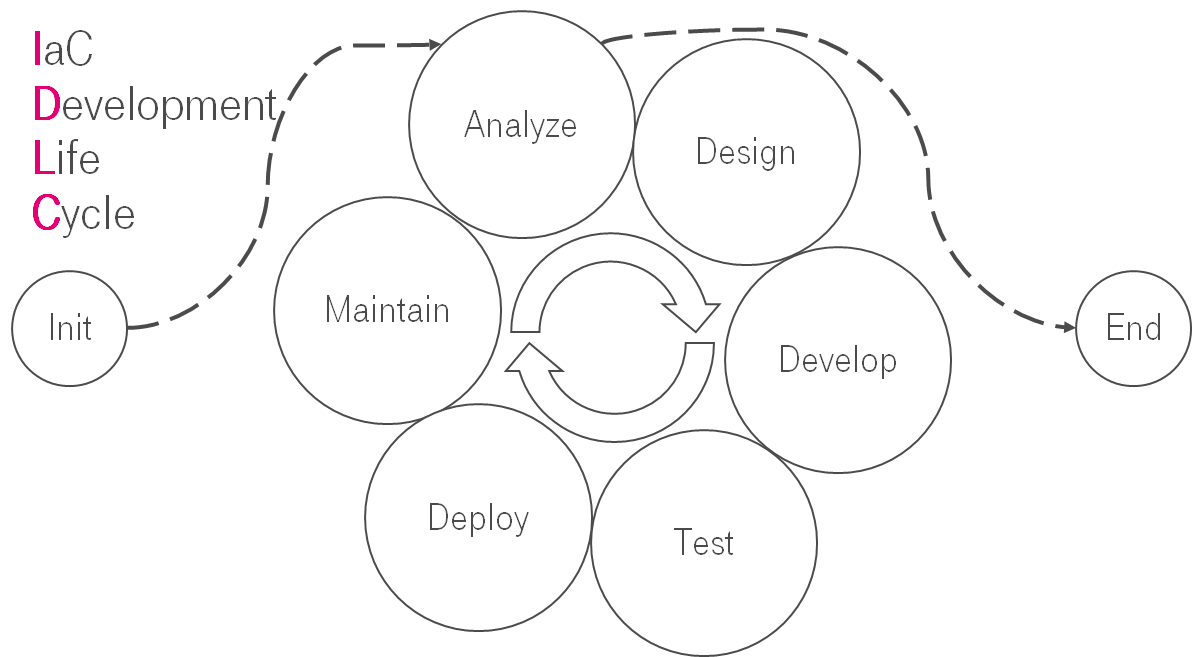
This is the translation of my speech at T-Meetup: DevOps Life Cycle.
I believe that you have heard about SDLC (Systems development life cycle). Is it possible that the same things are applicable for the IaC?
Protocol Buffers is a very popular, cool, and high-quality product that is mostly developed by Google. This is a good challenge for the PVS-Studio static code analyzer. Finding at least something is already an achievement. Let's give it a shot.
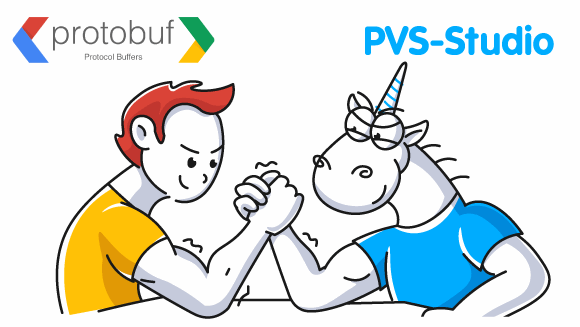
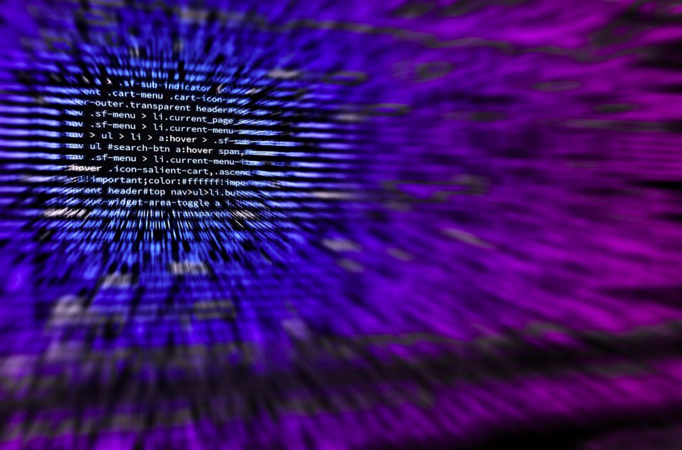
It’s a harsh reality that any investment or security that you have is subject to systematic risk, that’s just the nature of the financial world, with mispricing — causing a divergence between the market price of a security and the fundamental value of that security — a guilty party quite often. This is brought about by the world we now live in, information-heavy, with masses of unstructured data sets and with an infinite number of possible outcomes.
Luckily, there are now methods in place that can combat some of these difficulties and, with any luck, bring the investor a healthy return on their investment.
And it comes in the form of Al-driven, quantum-inspired solutions fuelled by state-of-the-art processors that are able to leverage the unique attributes of quantum physics to solve some of the most, up to now, unsolvable problems, with a handful of startups at the forefront of it.
These include Adaptive Finance Technologies, QuantFi and Zapata Computing which, to a greater or lesser degree, have their own unique approach to investment strategies in the global markets in securities pricing, portfolio optimization, equities, derivatives and the like.
We’ll look now, just at a handful of these whose data readers will be able to find on TQD’s very own data platform, The Quantum Insider (TQI), starting off with the three already mentioned before moving on: